
Experts Talk: Interactive Content Is the Trend You Can’t Ignore
Last update: 23 February 2024 at 09:43 am
Today, countless amounts of content are posted online every minute. It is estimated that 306.4 billion emails are sent every day and 500 million tweets are created. In that sense, brands see it as increasingly important to be able to retain their traffic with content that is different and stands out from the crowd.
It is in this context where interactive content appears, which has already established itself as one of the biggest promoters of user interaction in multiple channels.
To learn about it more in depth, we have gathered 8 of the most prominent experts in the industry, including Mailchimp, WordPress, Rock Content, Visme, Vilma Núnez, Juan Merodio, Señor Muñoz, Madrid Content School, and Madre SEOperiora, who offer us a glimpse into the future of interactive content.
But First… What Is “Interactive”?
Simply put, interactive content is content that engages the audience. It’s the type of content that allows for input or action from your reader.
It’s a very innovative way to generate engagement and brand loyalty that typical static content can’t always do.
Interactive content is characterized by using various resources such as audiovisuals to encourage, as its name suggests, the user to “interact” with what we have presented.

There’s a fundamental premise that interaction presents: change. People are able to directly manipulate the web content via basic or complex interactions.
– Pablo Honey, Design Lead at Automattic
In the digital realm, some of the main types of interactive content include infographics, videos, quizzes, and calculators.
Examples of Interactive Content
Many brands have jumped on the interactive bandwagon. Here are some examples of interactive content that are out of this world:
Bandersnatch
The movie “Bandersnatch” in its entirety is an example of interactive content, in which Netflix bet on a story (or multiple?) whose outcome is completely decided by the viewer.
«What Is Your Driving Force?»
Tony Robbins’ “What Is Your Driving Force?” quiz, based on his famous 2006 TED talk, clearly shows the effectiveness of interactive content produced to help audiences discover their greatest human need. Experience it here: https://core.tonyrobbins.com/driving-force-2
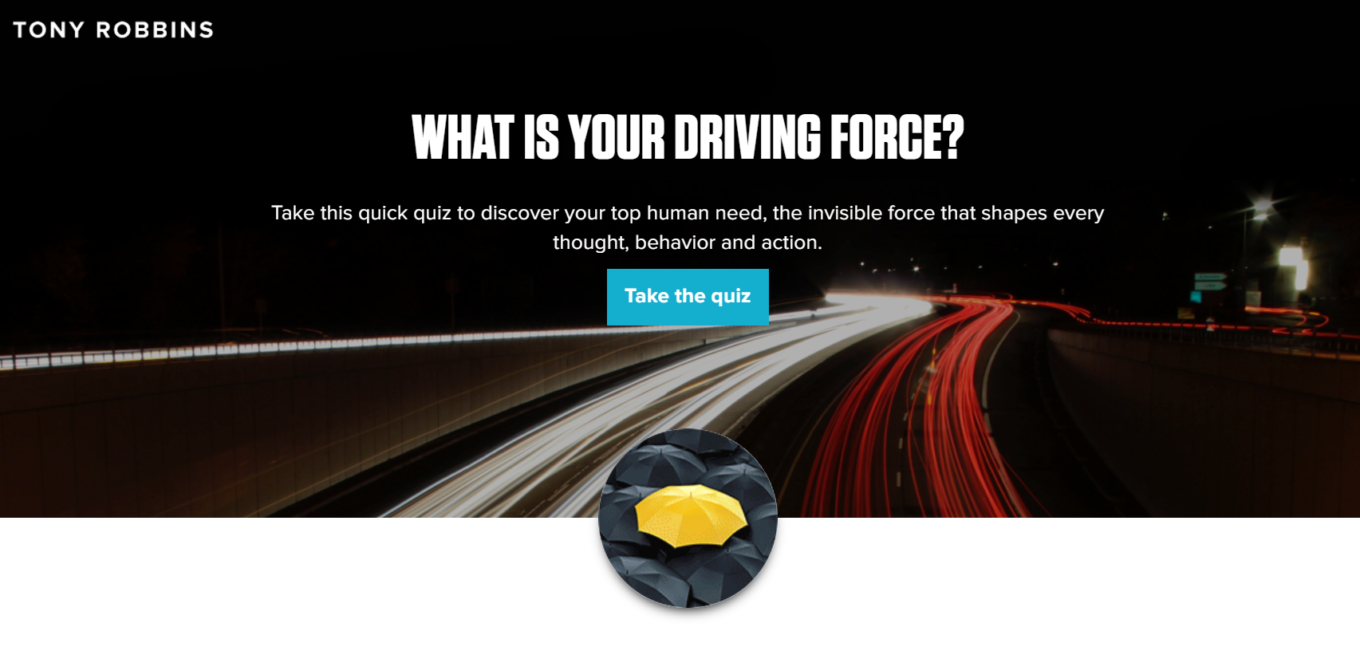

We are actively inundated with more and more information in visual formats. Similar to how the web went into a Web 2.0, I see interactivity as the reincarnation of visuals as Visual 2.0.
– Payman Taei, Founder & President of Visme
«You vs. John Paulson»
The infographic “You vs. John Paulson” motivates you to participate in a kind of game where you compare figures between your income and the time it would take investor John Paulson to make that same amount of money.

Mailchimp 2020 Annual Report
Mailchimp’s 2020 annual report uses a non-traditional approach to a corporate annual report and instead spreads the accomplishments of its customers and employees across an immersive, brightly colored, side-scrolling digital world.


Interactive content, if leveraged correctly, is an effective tool to spark engagement. It allows creativity to produce more personal and relatable content. As a visual communicator, using interactive mediums allows you to dig deeper into stories and experiences.
– Christian Widlic, Lead Creative Director at Mailchimp
Interactive Digital Content
As I’m sure you’ve noticed, interactive content is a surefire tactic to increase the likelihood of retaining your reader by engaging them with dynamic and even fun content.
In fact, according to Coobis, two out of three brands claim to see an increase in audience interaction since they started using interactive content techniques.
These characteristics make it a resource of great potential for companies, as they compete daily for the user’s attention and especially when the competition is very active in producing content.
Let’s see how interactive content integrates with digital marketing actions and how it affects the performance of brands in different channels.
Interactive Content for Blogging and SEO
With so much information available at the click of a button, users are increasingly scrupulous about seeking authentic and original content.
With interactive pieces that engage your reader, traffic to your blog or website is likely to increase and, as a result, your Google rankings will rise.

In most cases, search engines do not “see” this content, because they are not able to render it correctly. However, they do trigger other behavioral actions that indirectly help to position the project: branded searches, permanence on the website, higher number of page views… In short, better user response.
– Madre SEOperiora, SEO Consultant
And no, don’t underestimate the importance of having a blog to improve your SEO; so far this year, websites that have a blog have 434% more pages indexed in search engines (!).
When you are able to retain the user on your blog with interactive content, you are telling the search engine that your page is a site of:
- Trustworthiness.
- Authority.
- High engagement with Internet users.
In addition, retaining a potential consumer on your blog facilitates the movement to the next step: capturing their data. From this perspective, interactive content also works as an initiator of a lead capture flow for your product or service.

The barrier to entry is lower when we talk about reward content, infographics, e-books or similar, so the creation of this type of content is usually well established in companies whose content strategy is clear. But it is not surprising to see that there are thousands of companies that do not have a content strategy, not even a communication strategy.
– Fernando Muñoz, SEO Specialist and Partner at Grupo Raíz Digital
Interactive Content for Social Networks
On social networks, an image with text is no longer a surprise, and when our scrolling on Instagram never lets us get to the end of the wall (and this, just an hour after the last time we logged in), we are aware that it’s not just any post that makes us stop.

There are still few brands that take advantage of the power of interactive content to improve communication with both users and customers. The limit in interactive content lies practically in the creativity of each brand, as you can resort to relatively simple content such as an online test, to the most complex as a metaverse for our customers to live a very specific experience.
– Juan Merodio, Digital Marketing Consultant
Today, brands can leverage the functionalities of each social platform to provide innovative interaction opportunities, such as questionnaires, surveys, and interactive maps.
Social Media Explorer states that the top three quiz games on social networks are:
- Comparison between the user and a celebrity.
- Comparison between the user and any other object or animal (“What kind of cat are you?”).
- Challenges that challenge you to develop a simple skill.
Interactive video is also a great resource for social networks. Thanks to tools like Facebook 360, the user now has new ways to interact with a video instead of simply watching it.

Because it is organic content (i.e., as simple as answering a quiz), the user doesn’t even notice that they are ultimately providing information that is useful to brands, so that information also works to further personalize their experience.
– Lupita Perez, Content Marketing Expert at Rock Content
Check out our article on Facebook interactive posts to get a deep insight into how to create various types of interactive content on the world’s most famous platform.
Interactive Content for Email Marketing
Email marketing continues to be one of the most effective avenues for digital marketing. For every dollar invested in email marketing, 42 dollars are generated, representing a return of 4,200%.
In addition, unlike other channels, email marketing has the particularity that it arrives directly to the mailbox of your customers or potential customers, so you expose yourself precisely to the audience you want to reach.

The fact that it is interactive allows this audience to interact but, above all, to feel part of the content, to feel “important”, in a certain way the protagonist, and the emotion that is generated is priceless.
– Jon Lavin, Director of Madrid Content School
In recent years, email platforms have evolved to support media that were previously unable to live in the static environment of traditional email. Dynamic emails enable an immersive experience within the user’s inbox and offer a refreshing dynamism to this channel.
Kinetic emails can be divided into:
- General kinetic emails: those that use moving images, GIFs or image galleries to highlight some key information. They are dynamic, but not necessarily interactive.
- Kinetic-interactive emails: as the name suggests, the user can interact with different elements in these emails, and their contents will change depending on what the user does.
- Kinetic-effective emails: they seek to transform the reading of the email into an experience, turning it almost into a miniature version of the brand’s web page within the same email.

Interactive content may not even have a clear call to action, and the audience may be encouraged to participate. Why? Because humans are inherently curious, we like to be dynamic, to play, to explore, etc. So this type of content will always engage the community and make them participate without the need for persuasion.
– Vilma Núñez, Ph.D. in Advertising and Public Relations and CEO of Grupo Convierte Más
Interactive Content Trends
Content marketing will only continue to evolve, and among all the possibilities it offers, interactive content is positioned as one of the pillars in its effectiveness for user retention.
We’ve asked the experts you’ve seen throughout this article about the interactive content trends we expect to see brands leveraging:
“It seems like more and more companies are producing their own content, which I think we’ll continue to see more of,” says Christian Widlic, Lead Creative Director at Mailchimp.
“At Mailchimp, we strongly believe in human connection, and foresee that physical brand interactions will become more important than ever to reach both current and prospective customers. Our campaigns will become more 360 using more unconventional media in order to tell richer stories.”
For his part, Pablo Honey, Design Lead at Automattic, envisions a world in which:
- Open Source standards become a social expectation by most people so there’s a bottom up pressure to go transparent and participatory in all platforms and matters of life. This would modify somewhat the social contract: how brands, builders, designers, institutions, and society interact among them.
- I can also imagine and hope for projects like WordPress to further democratize content publishing (we are only at 42% of the web!), in a global and historic movement. Innovations like the new Gutenberg editor are moving us into the future with more visual and creative content building, with micro and macro blocks of content spread all around the web, interacting among them, easier to manipulate, maintain, and interact with.
- We have a lot of work and opportunities ahead of us —society is becoming increasingly sensitive with companies and platforms owning their content and data, even driving whatever the zeitgeist is. I can imagine a rebirth of personal podiums (like blogs) that besides being connected, are truly free and owned by the people.
In the B2B world, interactive assessments will take on particular importance. “Interactive ‘assessments’ will continue to grow in relevance,” assures Lupita Perez, Content Marketing Expert at Rock Content.
“These provide recommendations to the user in their learning process about a topic and help brands understand the different levels of maturity of their audience.”
Virtual reality will also be specially incorporated into more companies’ marketing strategies. “We will see great innovations that help to give more importance to the user,” says Madre SEOperiora, SEO consultant.
“We’re sure to even see some brands daring to create interactive content with virtual reality, creating immersive experiences for users, which are sure to engage audiences with their content and thus get more web traffic.”
Still doubtful? Just play this video and feel free to drag your mouse and look around 😲
Another trend set to take off even more in 2022 is livestream e-commerce. “The biggest brands have been developing platforms that allow users to ‘try on’ clothes, haircuts, hairstyles, glasses, hats.” So says Fernando Muñoz, SEO specialist and partner at Grupo Raíz Digital.
“This, in smaller terms, is seen in projects such as size guides where you interact with an AI that minimizes returns and errors when buying products. The product is the same for everyone, while its personalization is adjusted to improve the web experience.”
Similarly, the metaverse is positioned as one of the spaces where interactivity between brands and customers can reach levels never seen before.
Juan Merodio, digital marketing consultant, predicts: “One of the areas that will grow the most is everything related to virtual worlds, or metaverses”.
“It’s something that has already been invented for many years, but today we have the perfect breeding ground and context for this type of interactive content to become part of our lives”.
Jon Lavin of Madrid Content School also agrees: “It seems that the metaverse will gain weight, where interactivity is at the core”.

Payman Taei, founder & president of Visme, sees a world in which more dynamic elements such as gamification will take hold. “I believe there will be an ongoing shift where companies and brands will start to transition away from static or animated content to more actionable/engaging formats.”
“For example, at Visme we’re seeing a larger number of users creating clickable content in the form of buttons, pop-ups, and hotspots that trigger the audience to engage, providing an opportunity to expand on the information that is presented to them in the top-level view.”
Of course, content alone is not enough if it lacks some value to the user. “It’s not going to be enough to innovate through interactive content and develop original and super dynamic pieces,” Vilma Núñez, Ph.D. in advertising and public relations and CEO of Grupo Convierte Más, reminds us.
“We must continue to bet more than ever on how the audience feels interacting with our content, what problems we solve, how that piece helps in some way.”
How to Create Interactive Content
Here are some platforms where you can get started in the creation of interactive content:
Thinglink
Thinglink is a tool that allows you to create unique experiences by bringing images and videos to life with more information, text and audio notes, links, etc.

Typeform
Typeform allows you to turn your forms and surveys into powerful brand communication tools for your business, growing your audience and validating your ideas.
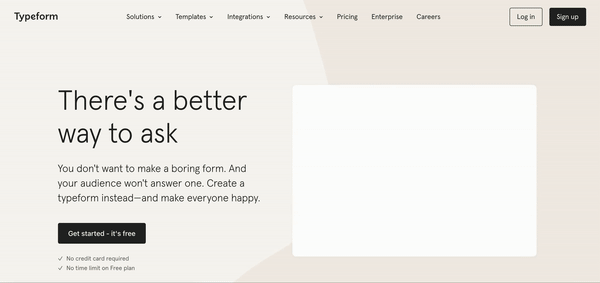
Visme
Visme is the visual communication platform that allows anyone to design, store and share their content. It provides all the templates, graphics, and assets needed to create anything, as well as the educational material to succeed in visual communication.
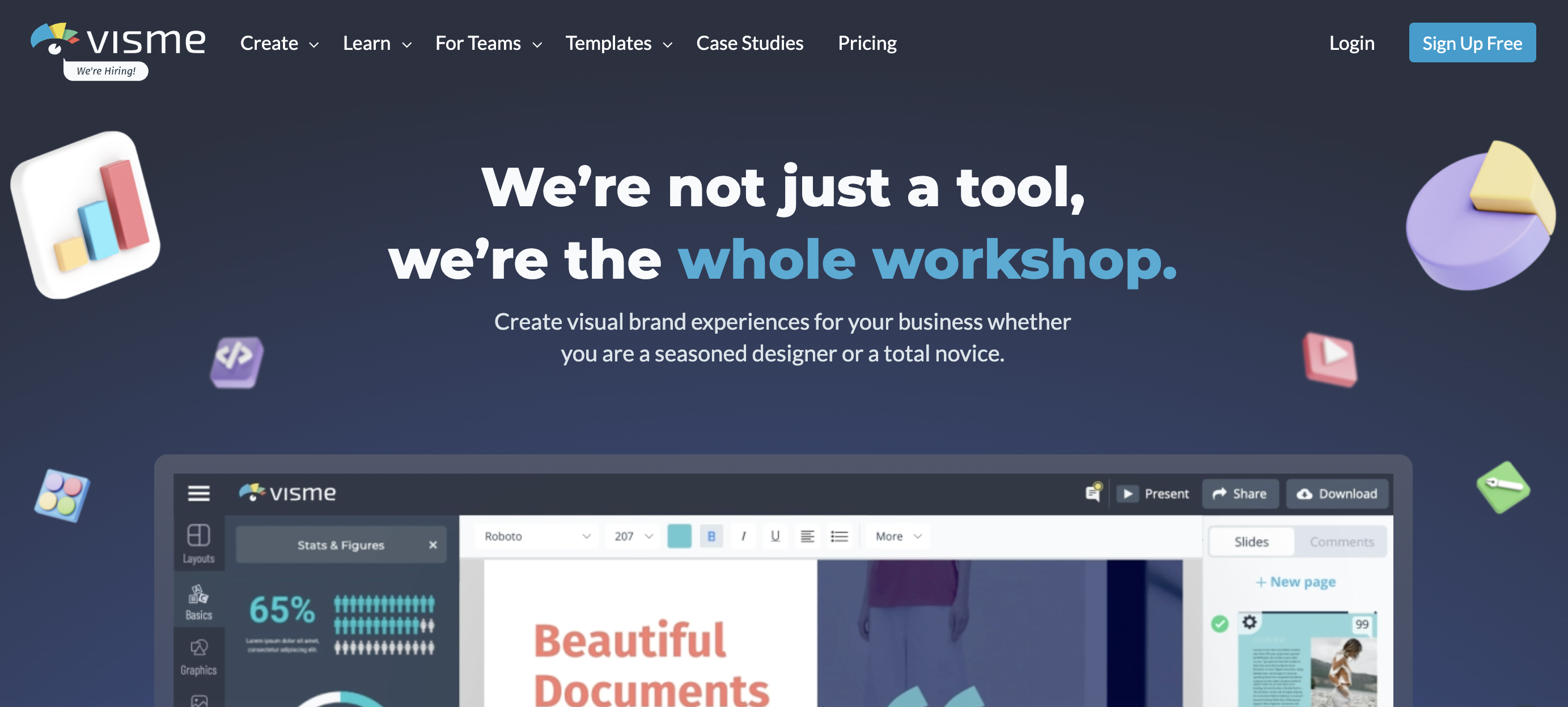
Canva
Canva makes graphic design easy for everyone, providing a drag-and-drop tool with a library of over 1 million stock photos, graphic elements, and fonts.
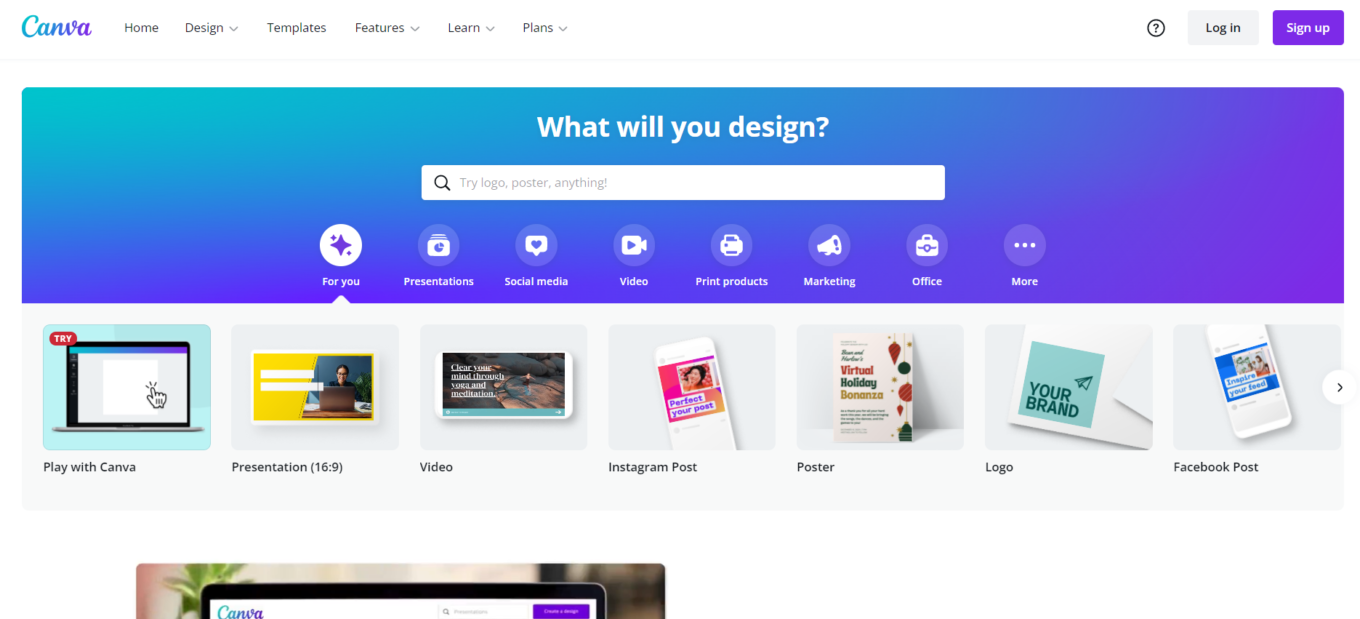
Mapme
Mapme allows companies and organizations to leverage interactive maps to share stories, generate more interactions and improve user experience.
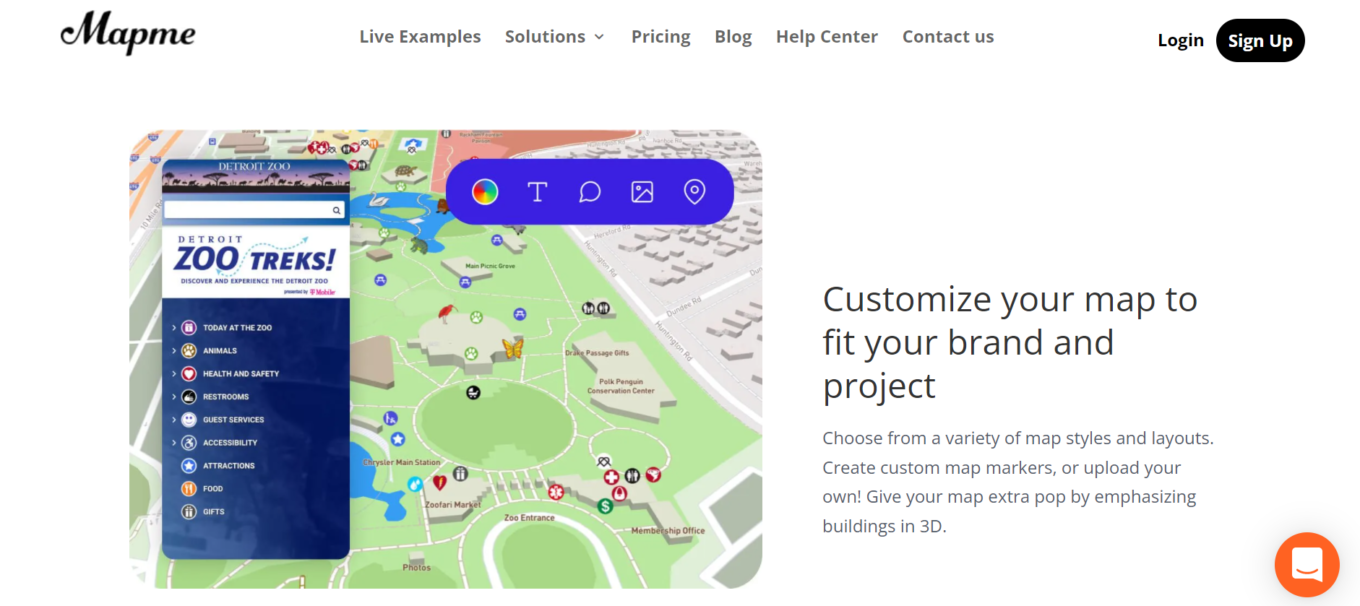
Ready to Prepare Your Own Interactive Content?
As you have seen, interactive content is positioned as one of the main trends in the world of digital marketing, taking various forms and formats to retain users and give them an unforgettable brand experience.
Interactivity, far from being a new concept, now leverages the power of digital technologies to become a driver of innovation at the content level.
It’s time to eliminate the risk of losing your readers when they arrive at your website or when they see your brand-begin to potential interactive content, and you’ll see how they’ll be hooked and clamoring for more.





